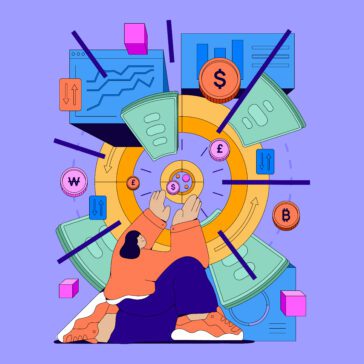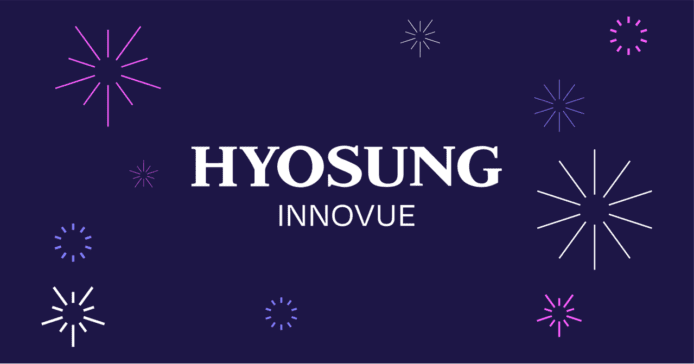October 13, 2016
By Suzanne Cluckey
“What is the customer experiencing when using a self-service device, and how is the customer experience being enhanced through the use of that device?”
This question set the stage for “ATMs and self-service devices: Similar but not the same,” a panel discussion at the recent Bank Customer Experience Summit in Chicago.
During the session, Nancy G. Daniels, executive vice president and chief operating officer at Nautilus Hyosung America, said the experience must be comfortable for the user. But even more importantly, because the experience is one that involves the consumer’s money, it must evoke feelings of trust.
“It’s really important to talk about the core emotions that consumers have when they’re making a selection or making a decision,” she said. “The emotions between interest and serenity, we know as optimism. Between serenity and trust is love. And what brand wouldn’t want to be loved by the consumer?
“What you’re really trying to do in terms of that customer experience is making that consumer feel important, productive — you’re not wasting their time — and since we’re dealing with financial transactions — safe.”

Daniels said that the role of technology (“what I refer to as the bright and shiny box”) is secondary to the process flows that define how customers perceive their FI’s brand — not just across a single channel like an ATM, but across any channel a customer might wish to use, whether it’s mobile, online, or the branch.
As director of design research and insight translation at Lextant, a “human experience” firm, Mackenzie King helps clients to understand what their customers want from an interaction.
Lextant has consulted previously with Hyosung to arrive at a better understanding of what drives customer experience at an ATM or self-service product: “that emotion — but then also those features that deliver those emotions and those benefits also that deliver those emotions,” King explained.
“We’re really questioning what the branch is and could be in the content of this box and the context of tellers and the humans in the space and how they interact. [Consumer] thinking about the kiosk, about the ATM, is something that we’re exploring.”
King also stressed the need to think about the much smaller “box” — i.e., the smartphone — and how it ultimately will interact with larger systems and spaces.
To Daniels, this question goes to something as basic as what we call the latest incarnation of the automated teller machine.
“I’m sure that when ATMs were introduced in the ’60s, back when they had automats, [automated teller machine] was probably an appropriate name. But — and this is really the evolution that’s going on in terms of what that box is — it really is more of a financial access venue. That’s a more appropriate way to think about that box.”
And today, that consumer’s needs and desired experience with that “financial access venue” can be very different, depending on the circumstances of its placement. As a financial venue within a larger venue — a branch, hotel, airport, shopping mall, c-store, etc. — the interaction and customer experience can be very different.
“It was simple when we said, “OK, I’ll buy the box and it’ll more or less look like this and I’ll stick that here and that’s going to serve my needs,” Daniels said. “Unfortunately, in the world of omnichannel, that doesn’t work anymore. That box really needs to be very different and specific to a particular venue. And that represents an interesting challenge.”
Which, she said, is why it’s not about the box.
“I come back to some basics in terms of thinking about people, place, process as the fundamentals that we start with. Those really impact what the customer experience looks like. And from there things like technology will fall out.
“And because we sometimes get obsessed with bright, shiny boxes, we say, “Hey, there’s this neat new technology that I could do cardless and NFC and new software and all that kind of stuff, and do cash recycling … ” And that’s not the place to start. It really comes down to these three P’s: people; place; and process.”
Source: ATM Marketplace



